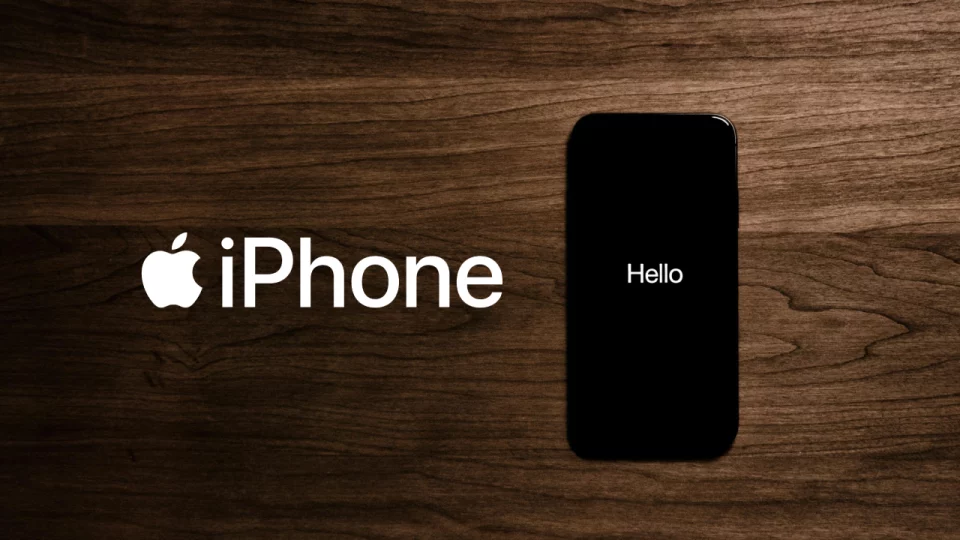Over the years, the iPhone has become synonymous with cutting-edge technology, sleek design, and unparalleled user experience. However, Apple’s strategy has evolved in a way that has increasingly spotlighted its “Pro” models, leaving the regular iPhone in the shadows.
As the smartphone market matures and users become more selective with their upgrades, it’s time for Apple to recalibrate its approach. The standard iPhone deserves more attention, and if rumors about the upcoming iPhone 16 series are true, that change might finally be on the horizon.
Apple’s recent strategy has centered around differentiating its Pro and non-Pro models by withholding key features from the latter. This approach makes sense from a business perspective; it encourages customers to spend more on the higher-end models. The Pro models have typically received the latest innovations, such as the newest Bionic chipset, advanced camera systems, and exclusive features like ProRAW and ProRes video recording. Meanwhile, the regular iPhone has often lagged, adopting these features a year or more later.
While this differentiation strategy has undoubtedly boosted sales for the Pro models, it has also created a perception that the regular iPhone is a “second-class citizen.” This might have worked when the smartphone market was growing rapidly, but today, users are more cautious with their purchases. The days of upgrading phones every year are long gone for most consumers, who now look for more value in their devices. If Apple wants to maintain its market dominance, it needs to give more reasons for customers to consider the regular iPhone, not just the Pro.
Table of Contents
Apple Bridging the Chipset Divide
One of the most significant differentiators between the Pro and regular iPhone models has been the chipset. For the past few years, Apple has equipped its Pro models with the latest Bionic chipset, while the regular models had to make do with the previous generation. This not only affects the phone’s performance but also its eligibility for future software updates and features. For example, the iPhone 15 Pro models are eligible for Apple’s new “Apple Intelligence” feature, while the standard models are not.
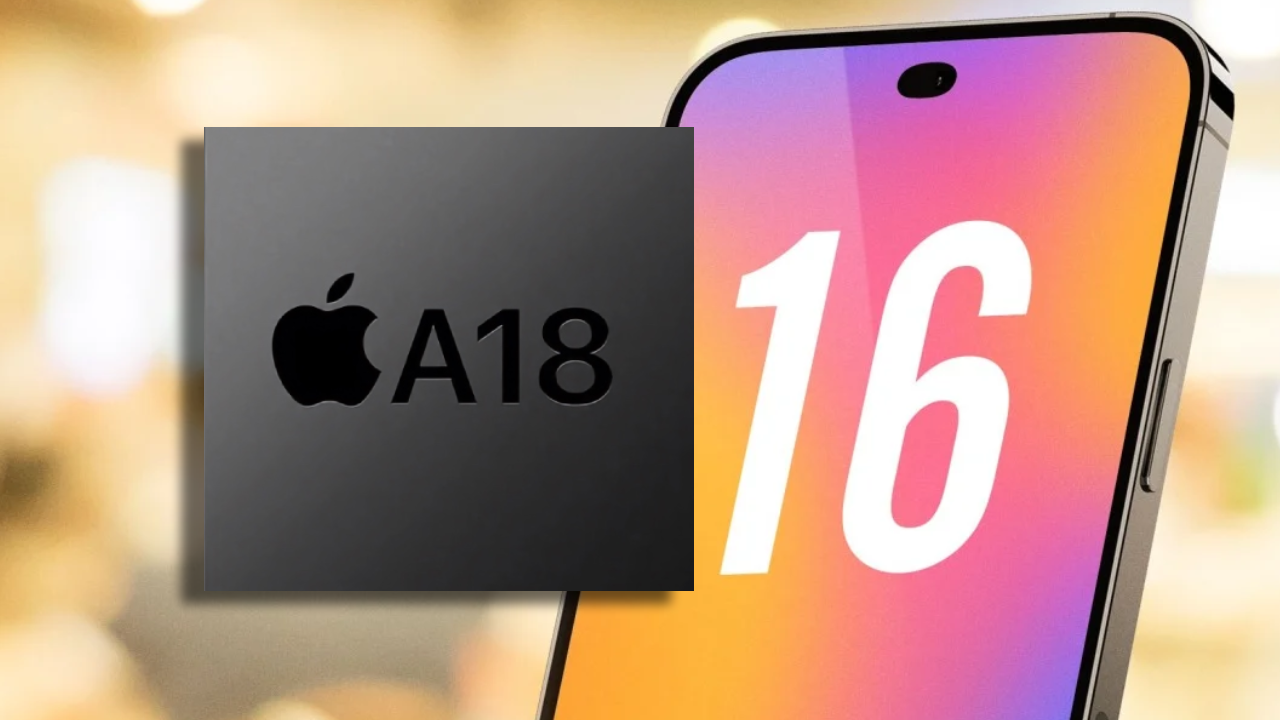
However, rumors suggest a shift with the upcoming iPhone 16 series. It’s anticipated that all models, both regular and Pro, will come equipped with the A18 chipset. While the Pro models may still receive a more powerful variant of the A18, this move would signify a more balanced approach, ensuring that all iPhone 16 models are capable of running the same essential features. If this is true, it’s a step in the right direction.
By reducing the power gap between the Pro and regular models, Apple can make the standard iPhone a more appealing option for those who don’t need the absolute best but still want a powerful, future-proof device. This could be especially important as we enter an era where AI and machine learning are becoming integral parts of the smartphone experience.
Related – iPhone 16: How Apple’s Bold Step into Generative AI is Set to Transform the Future of Smartphones
The Button Revolution: More Features, More Value
Another rumor circulating about the iPhone 16 series is the potential introduction of new buttons for the regular iPhone models. Last year’s Pro models saw the introduction of the “Action” button, a customizable button that can be set to perform various functions. The upcoming models are rumored to feature a new “Capture” button, potentially giving users a dedicated shutter button for photography.
The idea of more physical buttons might seem trivial in an era dominated by touchscreens and voice commands, but it adds a layer of functionality that can significantly enhance the user experience. For instance, a dedicated shutter button can make a huge difference for photography enthusiasts who prefer the tactile feedback when capturing the perfect shot. It’s an example of how Apple can provide more value without making the standard iPhone feel like a stripped-down version of its Pro counterpart.
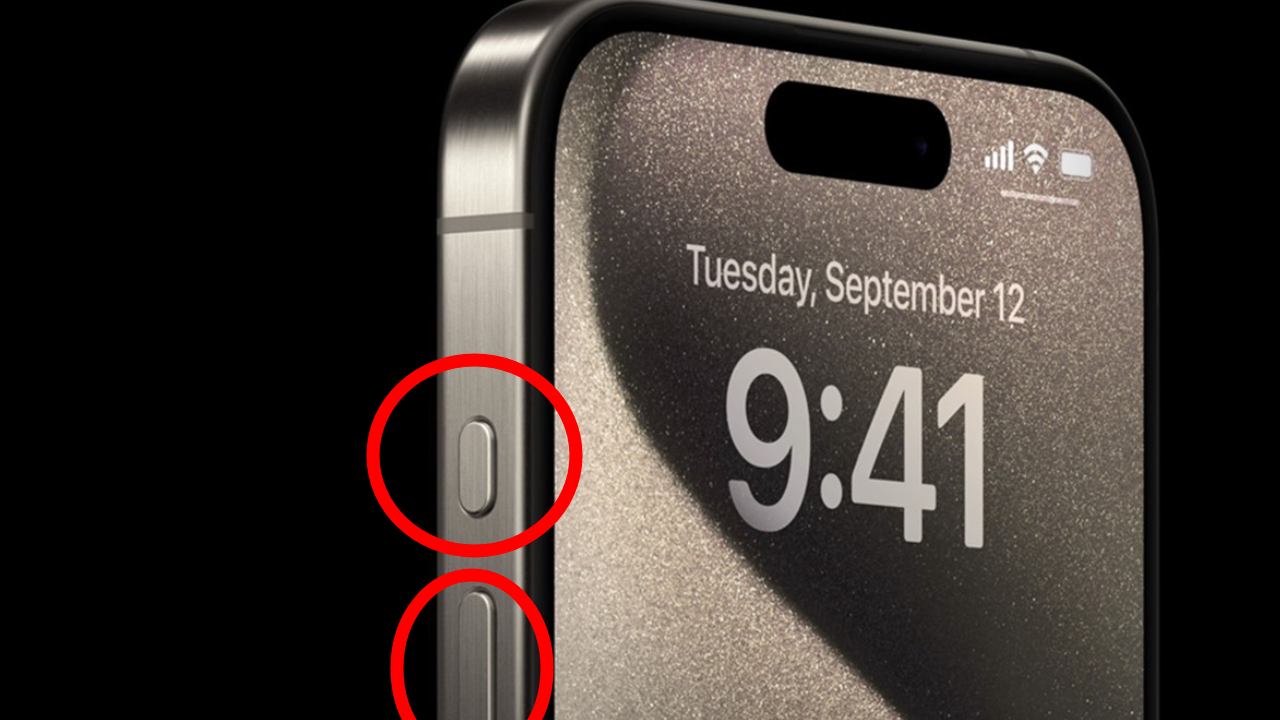
If Apple includes these buttons in the regular iPhone models, it would be a strong signal that the company is committed to making its entire lineup more versatile and user-friendly. It’s not about making the regular iPhone a “Pro-lite” but rather about offering features that appeal to a broader audience, from casual users to tech enthusiasts.
The Screen Refresh Rate Conundrum: Time for an Upgrade
Arguably one of the most glaring differences between the regular and Pro iPhone models has been the screen refresh rate. In 2024, it’s surprising — if not outright disappointing — that Apple still charges $799 for a phone with a 60Hz display. In contrast, many Android phones, even those in the mid-range category, offer 120Hz displays. A higher refresh rate significantly enhances the user experience by providing smoother scrolling, more responsive touch feedback, and better overall fluidity.
If Apple is serious about making the regular iPhone shine, it’s time to bring a 120Hz ProMotion display to the standard models. Not only would this bring the regular iPhone in line with its competitors, but it would also eliminate one of the key reasons consumers feel “forced” to buy the Pro model. The Pro iPhone should feel like an upgrade for those who want something extra, not a necessity for those who want a reasonably up-to-date device.
More on the new Iphone Display – Apple’s Next Move – Why Every iPhone Will Feature OLED Displays by 2025
Reimagining the Regular iPhone
Beyond these potential upgrades, Apple has the opportunity to reimagine what the regular iPhone could be. A few years ago, Apple introduced the iPhone Mini, a smaller, more compact version of the iPhone that was well-received by a niche audience. While the Mini didn’t become a mainstream hit, it showed that there is a market for different form factors and experiences within the iPhone ecosystem.
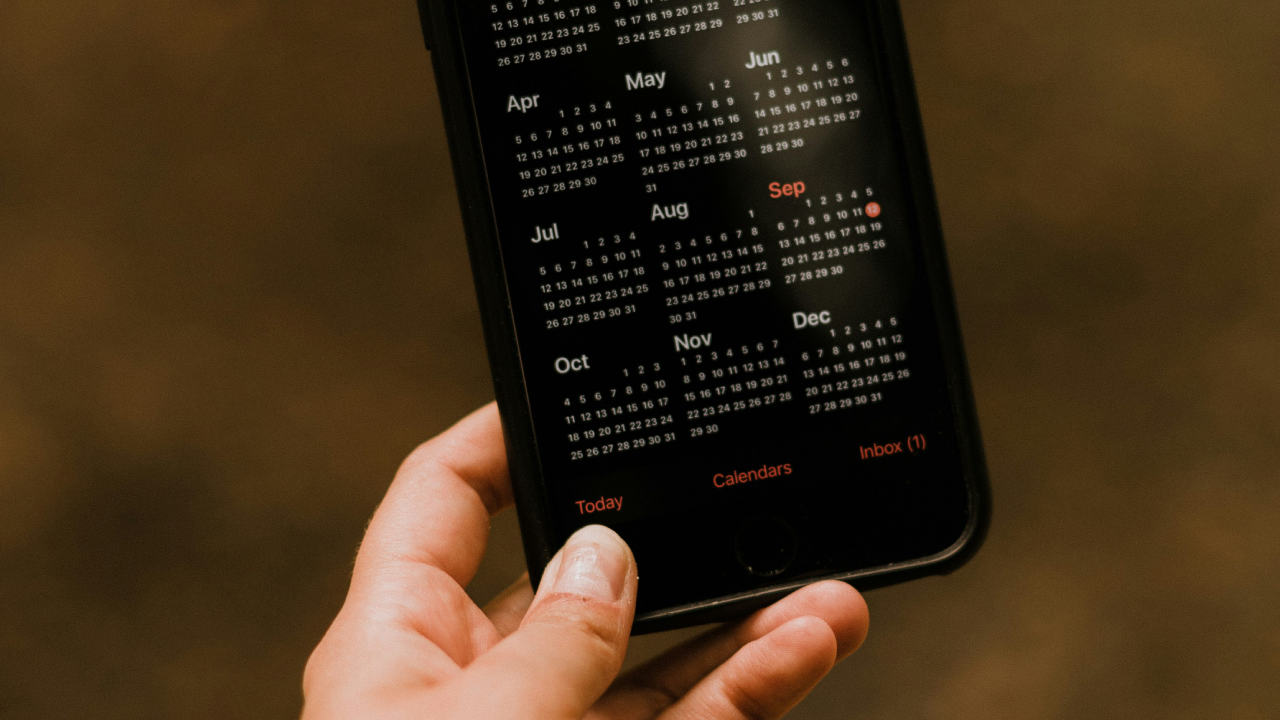
Imagine if Apple brought back the Mini but with more power, a better camera system, and the same high refresh rate display as the larger models. It could cater to those who want a powerful device in a compact form. Alternatively, Apple could explore other niches, such as a rugged iPhone designed for outdoor enthusiasts or a model focused on gaming, with optimized cooling and enhanced graphics capabilities.
The Role of Price and Perceived Value
Another critical factor that Apple must consider is pricing. The regular iPhone is already expensive, and without distinct features that set it apart, it risks being seen as overpriced compared to its Pro siblings and the competition. Adding meaningful features without dramatically increasing the cost is key to making the regular iPhone a compelling option.
Apple could also consider diversifying its lineup to include models at different price points, ensuring that there is an iPhone for every type of user. This strategy has worked well for competitors like Samsung, which offers a wide range of models that cater to different needs and budgets. If Apple is to regain market share in a world where people are upgrading their phones less frequently, it needs to ensure that every model offers a compelling value proposition.
The Future of the iPhone Ecosystem
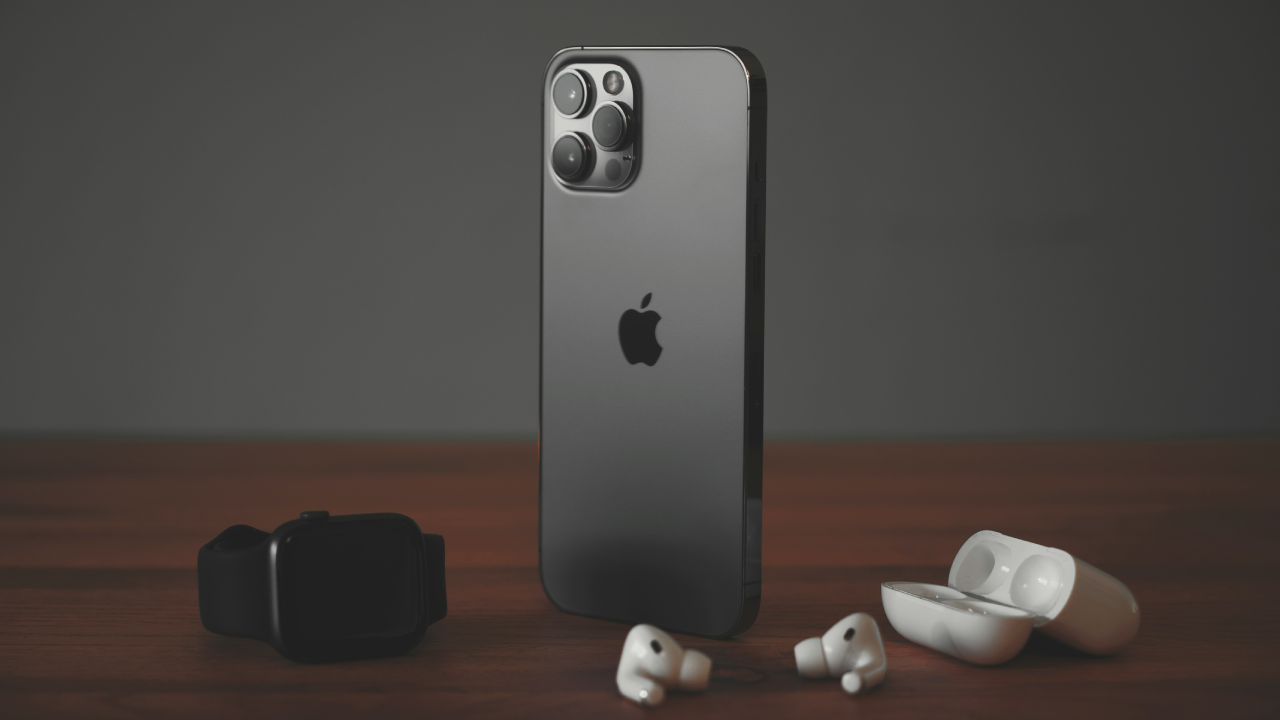
As the smartphone market becomes more saturated, the future of the iPhone lies not just in groundbreaking new features but in creating a balanced ecosystem where every model has its unique appeal. The regular iPhone should not be a compromise but a legitimate choice for a broad spectrum of users. Apple has the design prowess, the software expertise, and the brand loyalty to make this happen — but it requires a shift in mindset.
The rumored changes to the iPhone 16 series could be the beginning of this shift. By offering a more powerful chipset across the board, introducing new buttons for added functionality, and hopefully improving the display technology, Apple has the chance to redefine what the regular iPhone can be. And if it goes a step further, perhaps even reintroducing the Mini or exploring new niches, it could capture the hearts (and wallets) of even more users.
